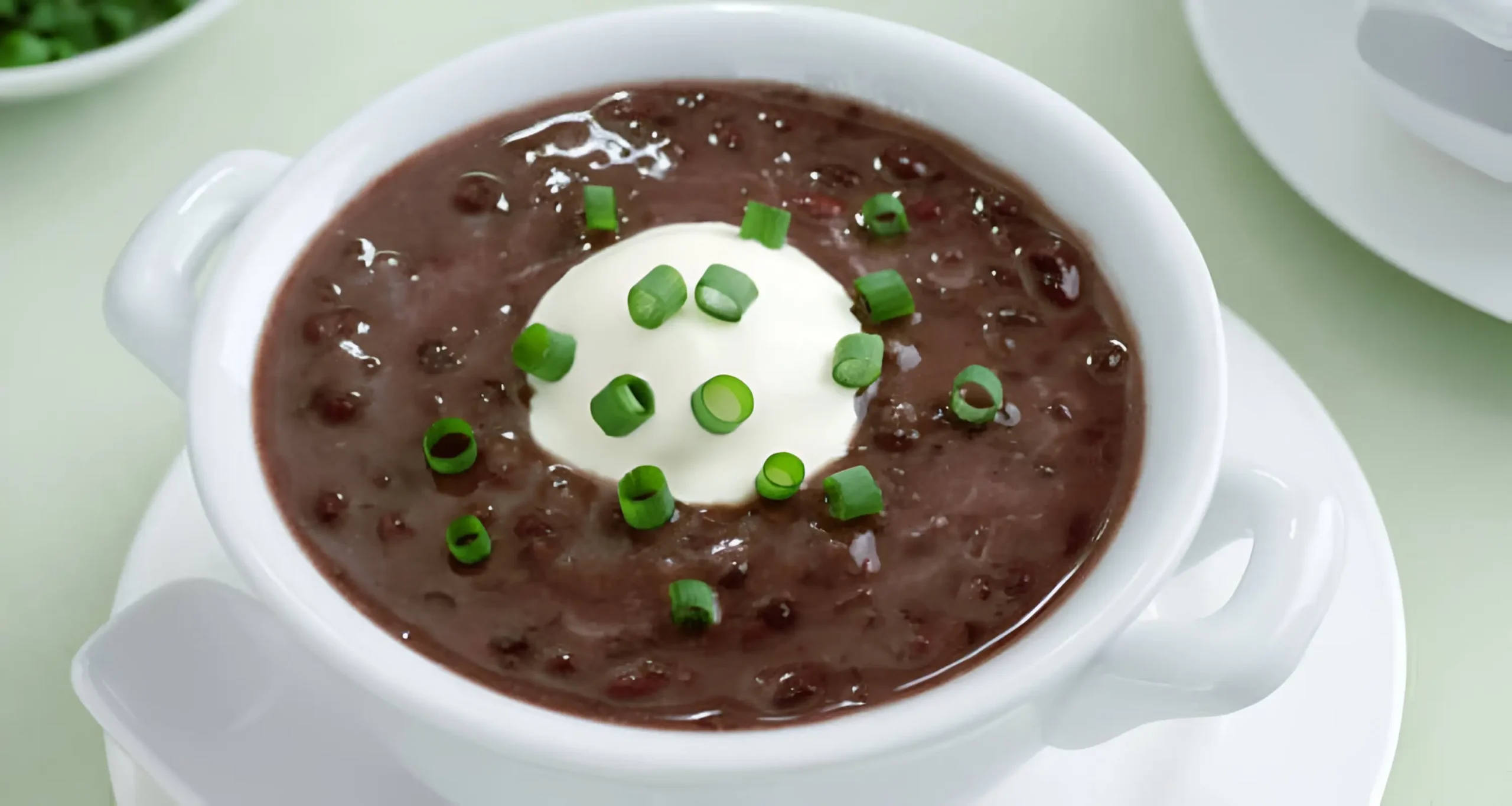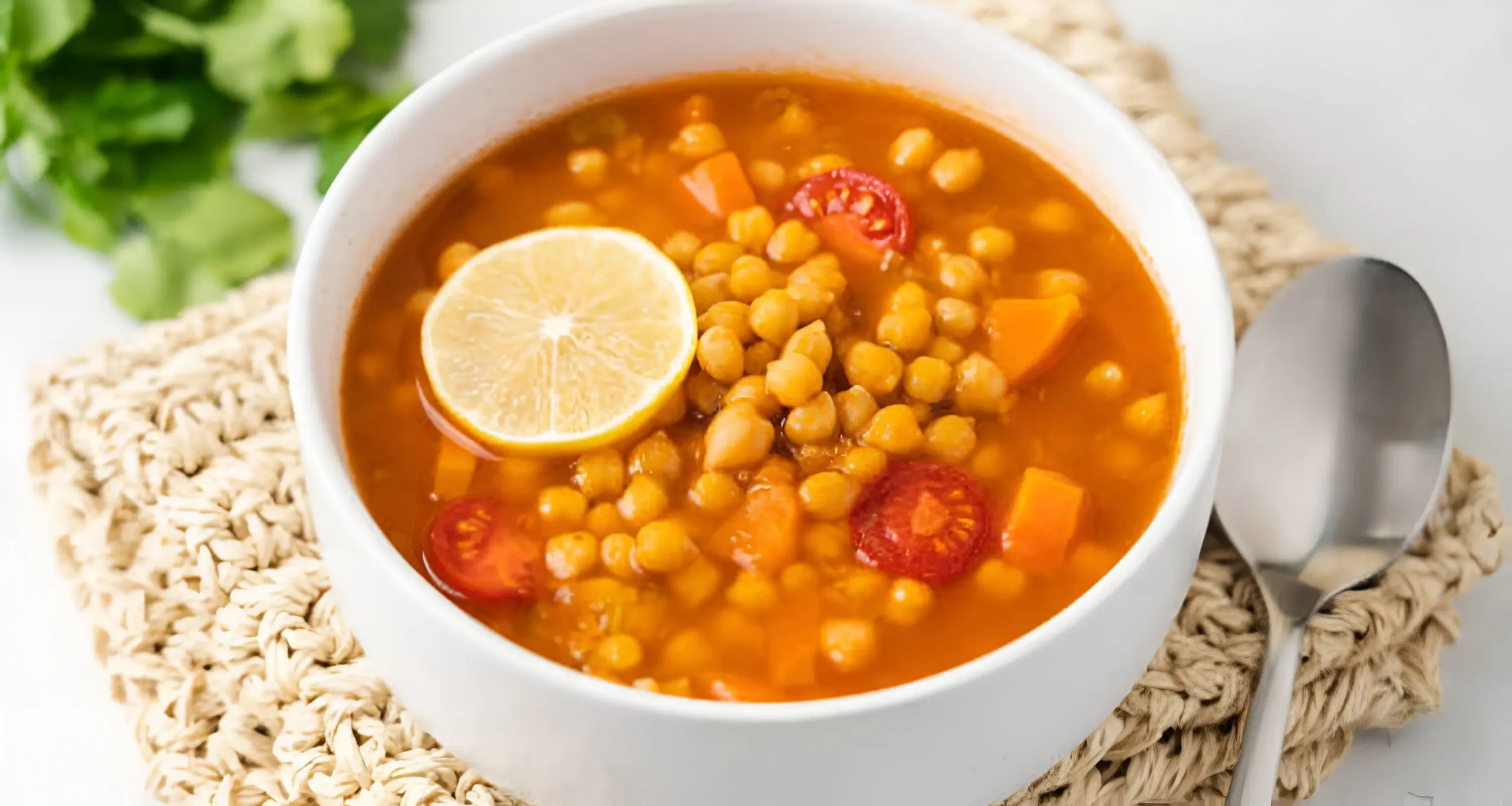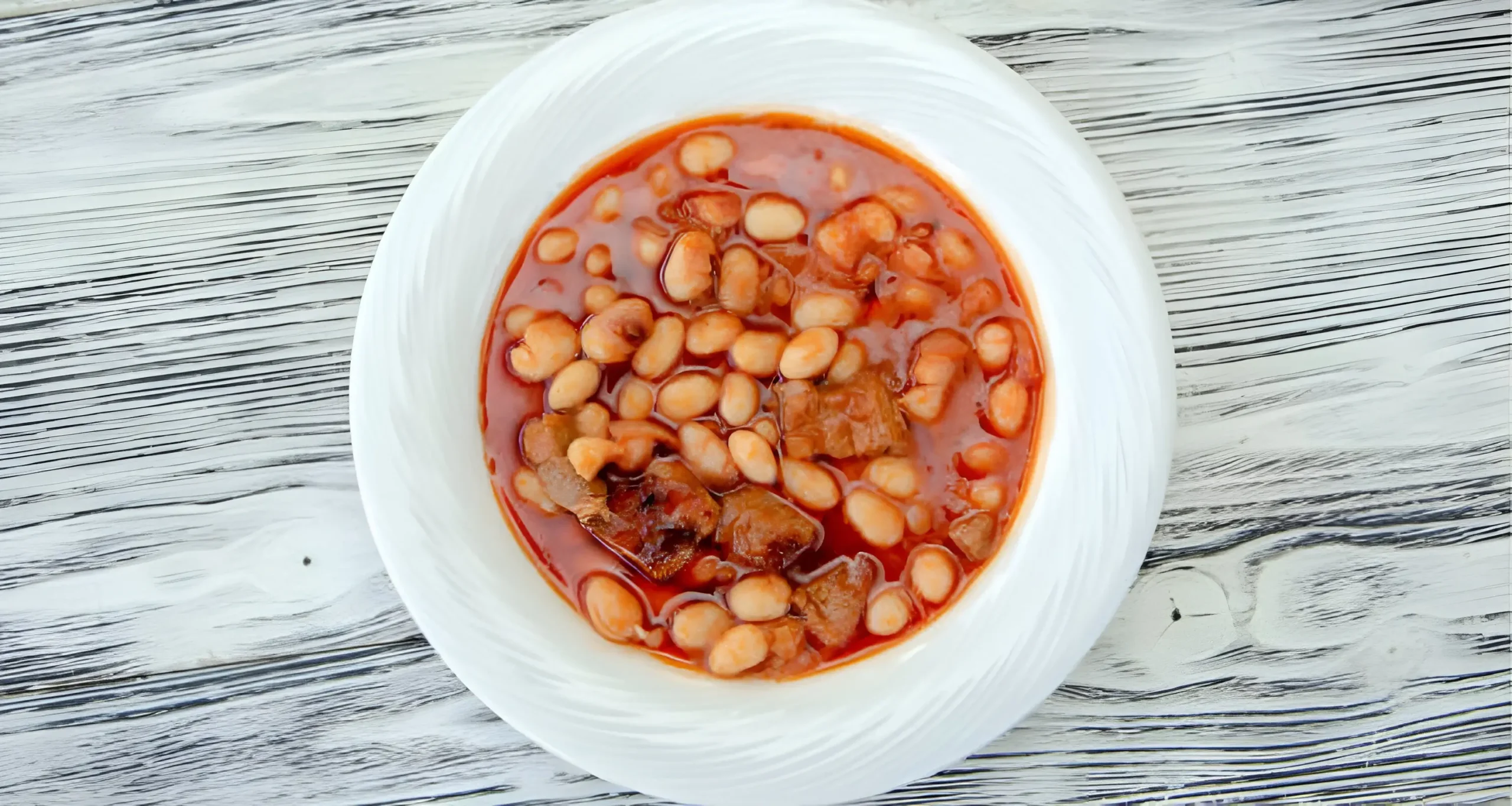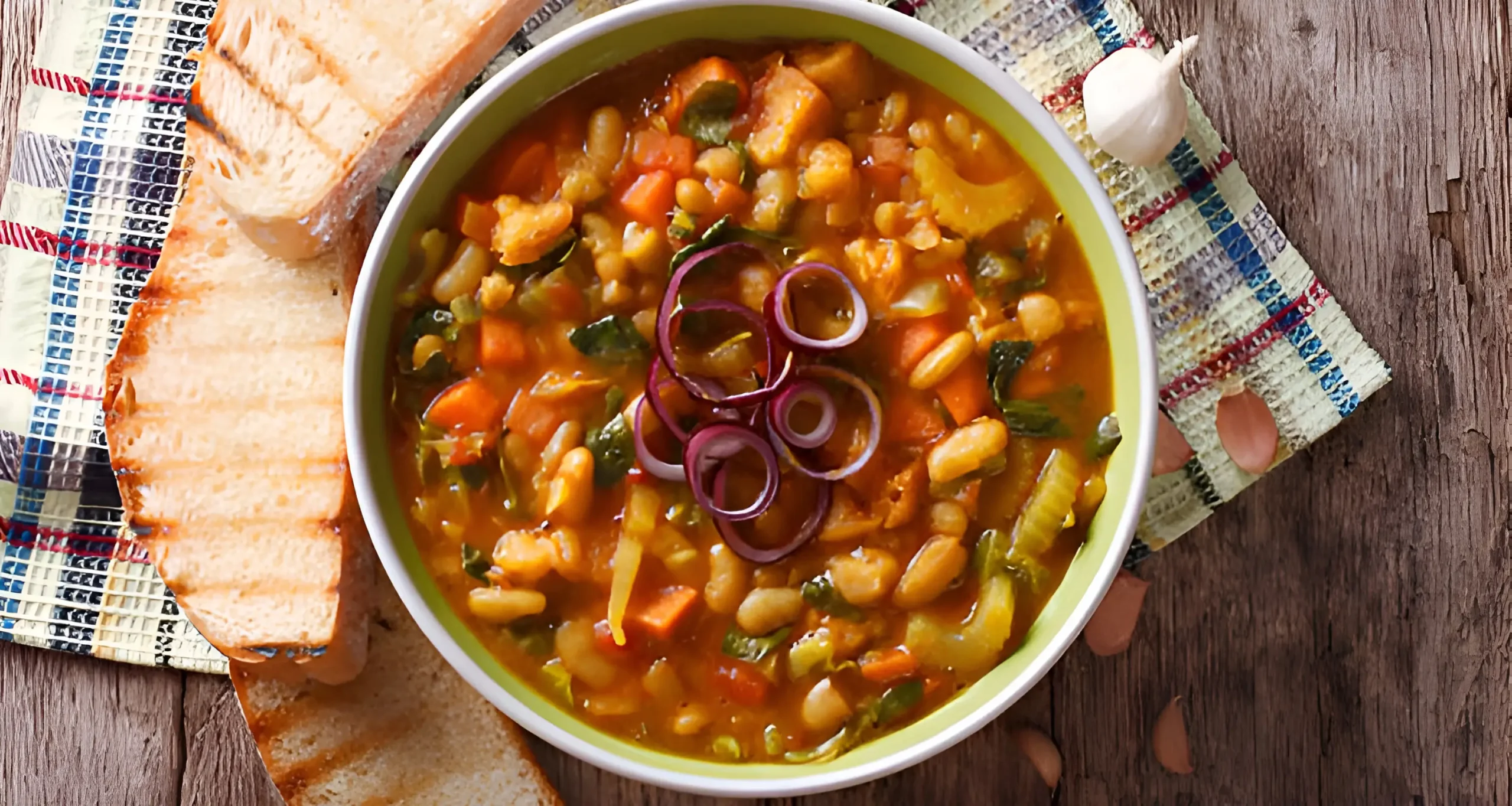calories in a miso soup: 6 Quick Comparisons by Version

Ever felt a calm moment with a warm miso soup? It seems harmless, but it can affect your calorie count. I’ve compared labels in the grocery aisle and wondered about its place in my diet. This guide helps you enjoy miso without worrying about calories.
This article uses real ingredients and U.S. serving sizes to calculate calories in miso soup. It also looks at sodium and protein. You’ll see how six common types of miso soup compare: white, red, mixed, protein-added, vegetable-loaded, and instant mixes.
If you’re watching your calories or managing your weight in the U.S., this is for you. Miso nutrition changes based on type, ingredients, and size. All examples use common brands and data from the USDA or manufacturers, rounded for easy reading.
Key Takeaways
- Calories in a miso soup depend mainly on paste type, portion size, and added ingredients.
- White (shiro) miso tends to be lower in calories than red (aka) per tablespoon.
- Adding tofu, seafood, or vegetables changes miso soup calories substantially.
- Instant or packaged mixes often raise sodium and sometimes calories—check labels.
- This guide uses U.S. serving sizes and real brand or USDA data for accurate comparisons.
Why you should care about calories in a miso soup
Choosing a bowl at a sushi place or making one at home can impact your daily calorie intake. Knowing the calories in a miso soup helps you fit it into your diet. This is true for intermittent fasting, calorie-target plans, or higher-protein diets.
Miso soup is common in the U.S. It’s a starter at places like Ichiba or Nobu, or a light meal for those watching calories. Its low energy density makes it a good choice for those watching their intake but wanting to feel full.
How miso soup fits into common diets in the United States
Miso soup fits into many diets. For those fasting, a small bowl can break the fast without adding too many calories. It’s also a good choice for calorie-restricted diets because it’s low in calories but high in nutrients.
For those on higher-protein diets, adding tofu or seafood to miso soup boosts protein without adding too many calories.
Understanding miso nutrition in U.S. diets is important. Restaurants and packaged mixes can vary. A typical restaurant cup is 6–8 fl oz, while homemade bowls are often 8–12 fl oz. This affects calorie counts and portion control.
Typical serving sizes and why they matter for calorie counting
Standard references use 1 cup (240 ml) as a baseline. But many U.S. bowls are 8–12 oz. This small difference can change calories by 10–30% depending on ingredients and paste concentration.
Miso paste is calorie-dense and salty. Using 1 tablespoon instead of 1 teaspoon can significantly increase calories and sodium. It’s important to measure miso soup serving size accurately.
Health benefits beyond calories: sodium, protein, and probiotics
Sodium is a key concern. Miso and dashi add salt. Some restaurant bowls and instant packets can have over 700–1,000+ mg of sodium. The American Heart Association suggests aiming for under 2,300 mg daily, ideally less than 1,500 mg.
Protein is a benefit. Tofu, clams, shrimp, and miso paste itself provide protein. Adding tofu can give you about 4–10 g protein per bowl, helping with fullness and balancing calorie intake.
Probiotics from fermented miso support gut health. Unpasteurized miso has live cultures, but many commercial products are pasteurized and have fewer live bacteria. When choosing miso, consider calories, sodium, protein, and probiotic benefits to meet your dietary goals.
Understanding the basics of miso and how it affects calories
Ever wondered about miso and its role in a miso soup’s calories? Miso is a fermented soybean paste mixed with salt and grains. It adds umami flavor and nutrients, affecting the soup’s calorie count.
What miso paste is made of and calorie contributions
The calories in miso paste vary based on its ingredients. Generally, a teaspoon has 30–40 kcal, and a tablespoon has 40–60 kcal. The amount you use greatly influences the calories in your soup.
Types of miso and relative energy density
White miso, or shiro, is milder and has fewer calories, about 35–45 kcal per tablespoon. Yellow miso falls in the middle, with 40–50 kcal per tablespoon. Red miso, or aka, is darker and saltier, with 45–60 kcal per tablespoon.
How fermentation and ingredients change nutritional profiles
Fermentation makes proteins and carbs easier to digest and boosts savory flavors. It doesn’t drastically change calories. More grain means more carbs, while soybeans increase protein and fat, raising calories.
Calorie counts vary by brand. Check USDA FoodData Central or a brand’s nutrition panel for accurate counts. This helps you understand the calories in your homemade or store-bought miso soup.
Calories in a miso soup: standard recipe baseline
Before you start changing ingredients, you need a baseline for miso soup calories. Here’s a quick guide. It shows typical ingredients, how to calculate calories for homemade soup, and what restaurants do differently.
Ingredients in a simple baseline miso soup and their calorie counts
For a one-cup (8 oz) serving, use this: dashi (water with kombu/bonito) 0–5 kcal; 1 tsp white miso paste about 10–15 kcal; 1/4 cup soft tofu about 20–25 kcal; 1 tbsp sliced scallions 1–2 kcal; a small pinch of wakame 1–3 kcal. This mix gives you about 35–50 kcal per cup.
Alternate baseline with more paste
For a stronger miso taste, use 1 tbsp white miso. This changes the calorie count: dashi 0–5 kcal plus 1 tbsp white miso 35–45 kcal and 1/4 cup tofu 25 kcal. This makes the cup about 65–75 kcal. This helps you control calories when you adjust the paste.
How to calculate calories per serving from a homemade recipe
First, add up calories for all ingredients in the pot. Use nutrition labels or USDA FoodData Central. Then, divide the total by the number of servings. For example, a 4-cup pot with 120 kcal total equals 30 kcal per cup. Apps like MyFitnessPal or Cronometer can help with ingredient accuracy.
Common restaurant vs. homemade differences that change calories
Restaurants often add more miso paste, use concentrated dashi, or include mirin and toasted sesame oil. Extra toppings like fried garlic, tempura crumbs, or larger protein portions add calories quickly. Packaged instant mixes can hide fats and salts, raising the calorie count compared to your homemade recipe.
Be mindful of sodium when comparing options. Restaurant bowls and instant packets often use more salt than homemade soup. Sodium doesn’t show up as calories but affects health and flavor, which might lead to adding richer, higher-calorie ingredients.
Comparison: traditional white (shiro) miso soup calorie breakdown

White miso, also known as shiro miso, is the lightest in flavor and calories. It has a gentle sweetness. You can enjoy it while keeping calories low by controlling the amount of paste and choosing lean ingredients.
Here’s how a typical home bowl (8 fl oz / 1 cup) looks with a modest recipe.
| Ingredient | Amount | Approx. Calories |
|---|---|---|
| White miso paste (Hikari Miso or Marukome examples) | 1 tbsp | 35–45 kcal |
| Soft (silken) tofu | 1/4 cup | 20–25 kcal |
| Wakame seaweed | Small pinch | 2 kcal |
| Scallions | 1 tbsp | 2 kcal |
| Dashi (light broth) | 1 cup | 5 kcal |
| Total per 8 fl oz bowl | 64–79 kcal |
Smaller restaurant side bowls, about 6 oz using 1 tsp paste, are around 20–35 kcal. Larger 12 oz servings with 1–1.5 tbsp paste can be over 100 kcal.
To cut down on white miso calories without losing flavor, use 1 tsp paste per cup. Mix it with warmed dashi. Add lots of wakame and scallions. Choose silken tofu instead of firmer, higher-calorie cubes. Avoid oils and sweet mirin for a lighter dish.
Comparison: red (aka) miso soup and its higher calorie tendencies
Red miso, also known as aka miso soup, has more calories than lighter pastes. It’s denser because it uses more soybeans and ferments longer. This means you might use more of it when adding flavor.
Why this matters: a single tablespoon of red miso can range from about 45 to 60 kcal. These numbers are important when tracking calories in your miso soup. The extra soy adds protein and fat, making you use more paste in each bowl.
You might also find higher salt levels in some red miso jars. Salt can make the broth taste stronger. But it might make you use less liquid or change portion sizes to balance the flavor. This can change the total calories in your miso soup.
Ways to cut calories while keeping red miso flavor
Use less red miso and stretch its flavor with low-sodium dashi or broth. Try using one teaspoon of red miso for every cup of soup to save calories while keeping the flavor rich.
Blend red with white miso for an awase-style mix. This way, you can enjoy the rich umami of red miso but with fewer calories. A 1:2 or 1:3 ratio of red to white miso works well for many.
Add umami-rich, low-calorie boosters like kombu soaking liquid, dried shiitake water, or sliced mushrooms. These ingredients can make your soup taste richer, so you need less paste.
Choose lean proteins and plenty of vegetables to keep your bowls filling without too many calories. Small shrimp, a few clams, firm tofu in modest portions, and lots of greens will help balance your appetite and calorie goals.
| Component | Typical Amount | Approx. Calories | Impact on bowl |
|---|---|---|---|
| Red miso (aka) | 1 tbsp | 45–60 kcal | High flavor, raises red miso calories |
| Red miso (aka) | 1 tsp | 15–20 kcal | Lower calorie boost, good for stretching |
| White miso (shiro) | 1 tbsp | 30–40 kcal | Milder, useful to dilute density |
| Kombu or shiitake soak | 1 cup | 0–5 kcal | Adds umami without many calories |
| Firm tofu | 50 g | 70–80 kcal | Adds protein with moderate calories |
| Shrimp | 50 g | 40–55 kcal | Lean protein, modest calorie addition |
| Mixed vegetables | 1 cup | 20–40 kcal | Bulks soup with low calories |
Comparison: mixed miso (awase) soup — a middle-ground option

Mixed miso soup combines white and red miso for a balanced taste and calorie count. It offers sweetness from the white paste and depth from the red. This mix makes it a great choice for those watching calories but wanting a rich flavor.
How blending miso types affects overall calories and flavor
Blending miso changes the calorie and flavor mix. For example, mixing half a tablespoon of white miso (about 35 kcal) with half a tablespoon of red miso (about 50 kcal) results in around 42–45 kcal. This places awase miso calories between the two originals.
Blending allows for using less of the denser paste while keeping the taste complex. More white miso makes it sweeter and lowers calories. Adding more red miso increases savory notes and protein, raising calories slightly.
Ingredient swaps to reduce calories without losing depth
To lower calories in mixed miso soup, replace some miso with strong dashi. Kombu and dried shiitake add deep umami without calories. Powdered mushroom or a small pinch of bonito flakes add extra savoriness.
Choose low-fat silken tofu for protein that adds little energy. Add lots of wakame, green onions, and herbs to bulk the bowl. These swaps help control calories while keeping the soup satisfying.
Quick comparison table
| Approach | Typical effect on calories | Flavor result |
|---|---|---|
| Half white + half red miso | Mid-range; ~42–45 kcal per combined tbsp | Balanced sweet and robust |
| More white miso | Lower awase miso calories per tbsp | Sweeter, lighter finish |
| More red miso | Higher calories; richer paste density | Deeper, saltier umami |
| Partial swap for kombu/shiitake dashi | Reduces overall calories in a miso soup | Deep savory without heavier paste |
| Low-fat silken tofu and seaweed | Keeps calories modest while adding volume | Creamy texture and oceanic notes |
Comparison: miso soup with added protein (tofu, seafood) calorie impact
Adding protein to miso soup changes its role at the table. Small additions can boost satiety and nutrition with modest changes to calories in a miso soup. You can tailor portions to fit calorie goals while keeping flavor.
Calorie additions from common proteins
Soft or silken tofu adds about 20–30 kcal per 1/4 cup. Firm tofu runs nearer 40–50 kcal for the same volume. A typical 3 oz block portion contributes roughly 60–90 kcal, so you can control total miso soup protein calories by choosing firmness and serving size.
Shellfish like clams provide protein and iron with modest energy. Two to three ounces of clams or similar shellfish add about 50–70 kcal. Shrimp is lean and familiar: 3 oz cooked shrimp is roughly 84 kcal, so one or two shrimp per bowl adds only about 28 kcal each.
Fish or canned tuna will raise calories more and change the soup’s profile. Plan those additions when you want a heartier meal instead of a light starter.
Balancing protein for satiety vs. calorie goals
For calorie-conscious eaters, aim for 2–3 oz equivalent of protein. That keeps calories in a miso soup low while adding roughly 7–15 g of protein. A 1/4 cup of tofu plus miso can provide 7–10 g of protein and increase satiety, which may reduce how much you eat later.
If you need higher protein for training or recovery, accept a larger calorie load and adjust other meal parts. Prioritize tofu or small shellfish portions when you want to raise miso soup protein calories without doubling the bowl’s energy.
| Protein | Typical Portion | Approximate Calories | Protein Added (g) |
|---|---|---|---|
| Silken tofu | 1/4 cup | 20–30 kcal | 3–4 g |
| Firm tofu | 1/4 cup | 40–50 kcal | 5–6 g |
| Firm tofu | 3 oz | 60–90 kcal | 8–12 g |
| Clams / small shellfish | 2–3 oz | 50–70 kcal | 10–14 g |
| Shrimp (cooked) | 3 oz | ~84 kcal | 18 g |
| Shrimp (per shrimp) | 1 oz | ~28 kcal | 6 g |
| Canned tuna | 2 oz | ~100–120 kcal | 14–16 g |
Use the table to compare common additions. Pick tofu miso calories or small shellfish to keep bowls light. Increase portions if you need extra protein and adjust sides to meet your daily calorie and protein targets.
Comparison: vegetable-loaded miso soups and calorie variability
Adding different vegetables to miso soup can change its calorie count a lot. You can make a big bowl with lots of low-calorie veggies and keep the calories low. Here are some tips to make tasty, healthy bowls that fit your diet.
High-volume, low-calorie choices
For low calories, try napa cabbage, spinach, wakame seaweed, bean sprouts, and mushrooms. These add volume and fiber without many calories. This makes your soup more filling without adding too many calories.
For a low-calorie mix, try mushrooms, spinach, and scallions. Or, mix cabbage, wakame, and tofu for bulk and flavor without too many calories.
Vegetables that add notable calories and portion tips
Some veggies have more calories. Corn has about 130 kcal per cup, sweet potatoes 180 kcal, and avocados over 200 kcal per half. Edamame has around 120 kcal for 3/4 cup. Using full cups of these can make your bowl over 150–200 kcal.
To keep calories down, use only 2–3 tablespoons of high-calorie veggies. Serve starchy or rich veggies on the side if you want to keep calories low. Mixing calorie-dense proteins like tofu or shrimp with starchy veggies will increase calories, so watch your portions.
| Vegetable | Approx. calories per cup | Best use |
|---|---|---|
| Napa cabbage | 10–20 kcal | Bulk, mild flavor, low-calorie base |
| Spinach | ~7 kcal | Leafy filler, iron, pairs with mushrooms |
| Wakame seaweed | 2–5 kcal | Umami, mineral boost, low-calorie |
| Bean sprouts | ~30 kcal | Crisp texture, high volume |
| Shiitake / Enoki mushrooms | 15–20 kcal | Umami depth, meat-like texture |
| Corn | ~130 kcal | Sweetness and body; use sparingly |
| Sweet potato | ~180 kcal | Starchy, filling; consider side dish |
| Avocado (1/2) | >200 kcal | Creaminess; best as garnish in small amount |
| Edamame | ~120 kcal (3/4 cup) | Protein-rich; portion to control calories |
Comparison: instant or packaged miso soups versus fresh-made versions
Instant miso saves time but might not be as nutritious or tasty. Packaged mixes are quick and taste the same every time. Making miso soup from scratch lets you control what goes in, how much, and the salt level.
Instant miso packets usually have 30–60 kcal per cup. They might seem low in calories, but they’re high in salt. Packaged miso soup can have 700 to 1,200 mg of sodium per serving. Some premium cups add tofu or seaweed, increasing calories but keeping sodium high.
How to read labels when you compare options
First, check the serving size and how many servings are in the container. Look at the total calories and sodium in milligrams per serving. See if added tofu or fish increases calories or makes you feel full.
Compare jarred miso paste, which shows calories per tablespoon, to instant packets that show calories per cup. Also, check the ingredients for MSG, sugar, or oils if you avoid them.
Quick hacks to lower calories and sodium
To cut sodium, mix one instant packet with two cups of hot water. This dilutes the flavor and reduces sodium. Add fresh spinach, scallions, wakame, or mushrooms to increase volume without many calories.
Adding soft tofu cubes adds protein and makes the soup more filling without many calories. Choose low-sodium instant options or mix half a packet with homemade dashi to lower sodium. These tweaks help you enjoy instant mixes while controlling calories and sodium.
Conclusion
Miso soup can be a tasty, low-calorie option if you watch the paste and add-ins. White (shiro) miso makes a light, traditional bowl. It’s best when you use less dense ingredients.
Red (aka) miso is richer and can add more calories. Awase (mixed) miso is in the middle. It lets you balance flavor and calories.
To make miso soup healthier, measure the miso paste carefully. Choose low-calorie ingredients like wakame, scallions, and shiitake mushrooms. Use tofu or small amounts of seafood for protein.
When using instant packets, check the labels for sodium and calories. Use vegetables to stretch the broth and keep calories low.
Calculate the calories by adding ingredient calories and dividing by servings. Compare with USDA FoodData Central or product labels. With smart choices, you can enjoy miso soup without too many calories.
FAQ
What is the typical calorie range for a basic cup of miso soup?
A basic 8-oz (1 cup) miso soup has about 35 to 75 calories. It’s made with dashi, 1 tsp–1 tbsp miso paste, scallions, wakame, and 1/4 cup soft tofu. Using 1 tsp white (shiro) miso and modest tofu gives you the lower end, around 35–50 kcal. A recipe with 1 tbsp of miso paste can reach ~65–75 kcal per cup, depending on the brand and exact amounts.
How do different miso types affect calories in a miso soup?
Miso type affects calories because of ingredient ratios and density. White (shiro) miso is milder and slightly lower in calories per tablespoon, about 35–45 kcal/tbsp. Yellow miso is in the middle, around 40–50 kcal/tbsp. Red (aka) miso is denser and often higher in calories, about 45–60 kcal/tbsp. The amount you add is the main driver—using less red miso or blending with white (awase) reduces calories while keeping flavor.
How much do add‑ins like tofu, shrimp, or vegetables change the calorie total?
Add-ins can change calories a lot. Soft/silken tofu adds about 20–30 kcal per 1/4 cup; firm tofu is ~40–50 kcal per 1/4 cup. Small shellfish portions (2–3 oz clams/shrimp) add ~50–90 kcal depending on type and portion. Low-calorie vegetables like spinach, napa cabbage, wakame, and mushrooms add very little (often under 20 kcal per cup). Starchy or fatty items (corn, sweet potato, avocado, edamame) add more and can push a bowl over 150–200 kcal if used liberally.
Are instant or packaged miso soups higher in calories or sodium than homemade versions?
Instant packets often list 30–60 kcal per prepared packet, so calories are similar or slightly higher depending on added dehydrated ingredients. The bigger concern is sodium: many single-serve instant packets range from ~700 to 1,200+ mg sodium per serving. Homemade soups let you control paste amounts and use low-sodium dashi, making it easier to keep sodium and calories lower.
How should you calculate calories for your homemade miso soup?
Add up calories for every ingredient used in the pot using nutrition labels or USDA FoodData Central, then divide by the number of servings based on volume. Example: total pot = 120 kcal and yields 4 cups → 30 kcal per cup. Tracking apps like MyFitnessPal or Cronometer can speed this process and store recipes for repeat use.
How does serving size affect calorie counting for miso soup?
Serving size matters a lot: restaurant side bowls (6–8 oz) versus homemade bowls (8–12 oz) produce different totals. A small difference in volume (e.g., 8 oz vs. 10 oz) can raise calories by 10–30% depending on how much miso paste and add-ins were used. Also note that increasing miso paste by 1 tsp versus 1 tbsp can materially increase both calories and sodium.
Can miso soup be a good option for low-calorie or weight-management plans?
Yes. When you control paste quantity and choose low-calorie add-ins (wakame, scallions, mushrooms, small tofu portions), miso soup is typically low in calories and can fit well into 1,200–2,000 kcal/day plans or intermittent fasting routines. Balance calories with sodium and protein needs—adding small portions of tofu or seafood boosts satiety while keeping calories manageable.
How much sodium should you expect from miso soup, and how can you reduce it?
Miso paste and dashi contribute most sodium. Restaurant bowls and instant packets commonly reach 700–1,200+ mg per serving. Aim to keep daily sodium below 2,300 mg (1,500 mg ideal for many, per AHA). To reduce sodium: use less miso paste, choose low-sodium dashi or homemade kombu stock, dilute instant packets across more water, or mix high-salt red miso with white miso and extra kombu/shiitake for umami without added salt.
Do different brands of miso greatly change calorie counts?
Yes—brands vary by soybean-to-koji ratio and added ingredients. Brands like Marukome or Hikari Miso provide nutrition panels that illustrate these differences. Typical ranges per tablespoon are a useful guide, but check the jar or USDA FoodData Central for precise values and use that number when calculating your recipe.
Are there quick hacks to lower calories when using packaged miso mixes?
Several simple hacks help: dilute one instant packet across two cups of hot water to reduce sodium intensity per cup; add bulk with low-calorie greens (spinach, wakame, napa cabbage) or scallions; include small cubes of silken tofu for protein without huge calorie increases; or mix half packet with homemade low-sodium dashi to cut sodium while keeping convenience.
How does fermentation affect the nutritional profile of miso beyond calories?
Fermentation increases digestibility and produces umami and possible probiotic benefits. Unpasteurized, traditionally fermented miso may contain live cultures that support gut health. Many commercial miso products are pasteurized, reducing live probiotics. Fermentation also alters carbohydrate and protein breakdown but doesn’t dramatically change total calorie counts per gram.
Add a Dash of Your Thoughts!
There are no reviews yet. Be the first one to write one.






